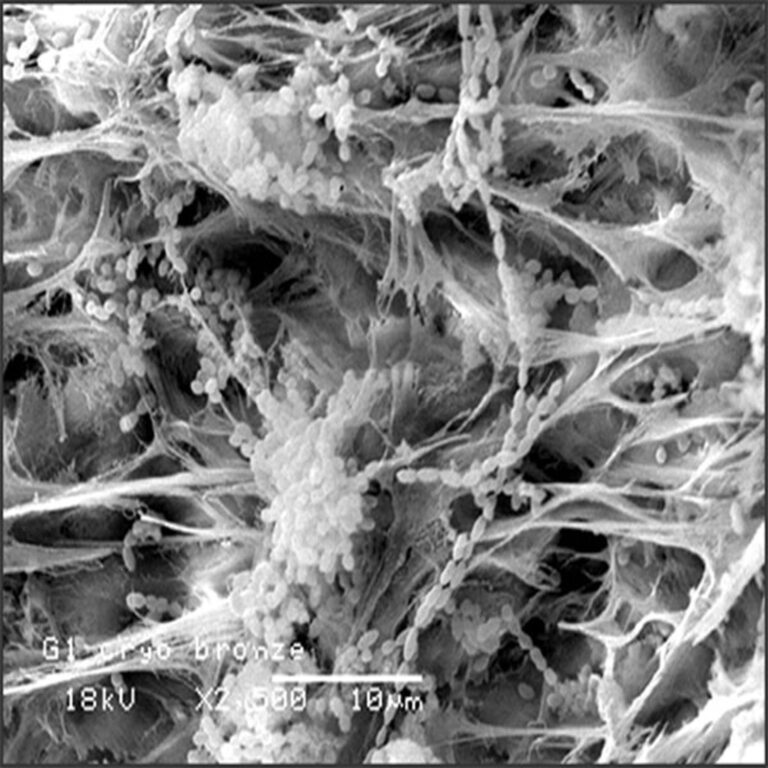


Tooth is a unique structure developed by the interaction of complex cellular events from the oral epithelium, neural ectoderm and mesoderm. The tooth / supporting structures in the mouth are biologically adapted to perform mechanical functions, while being surrounded by numerous opportunistic microbes. These tissues are protected by different levels of sophisticated immune responses against physical, chemical and most importantly microbial threats in the mouth. The immune response also regulates the characteristics of tissue regeneration and repair after therapeutic interventions. Treatment of infected dental tissues using a biomaterial-centric approach has been there for ages. However, the question is – Is the current drill and fill approach, the appropriate strategy to maintain health and functional integrity of this extremely convoluted, biologically adapted organ. Can the body’s ability to function and/or heal be utilized via well integrated biologically-based strategies for treating infected tissues?
Kishen Lab, is led by a clinician scientist who has educational background and research experience in both clinical sciences and biomedical engineering. For the past two decades, Kishen lab has been involved in engineering multifaceted biologically-based approaches for the treatment of bacterial biofilm-mediated infections.
What Do We Do?
Bacterial biofilm - host signaling and cellular responses
Nanoparticles guided regenerative strategies
Hard tissue biomechanics and tissue modulations
Whats New?
Kishen collaborated to assess the effectiveness of a varnish for (a) to inhibit plaque formation and (b) as a possible replacement of fluoride varnish in orthodontic patients
Kishen lab collaborated to treat maxillary anterior teeth with extensive root resorption using light-activated engineered nanoparticles
Kishen Lab deciphers proteomics underlying engineered chitosan nanoparticle guided immune modulation
Kishen Lab invents new multicellular organoid for regenerative research
Lab Portfolio
Awards
Testimonials



















